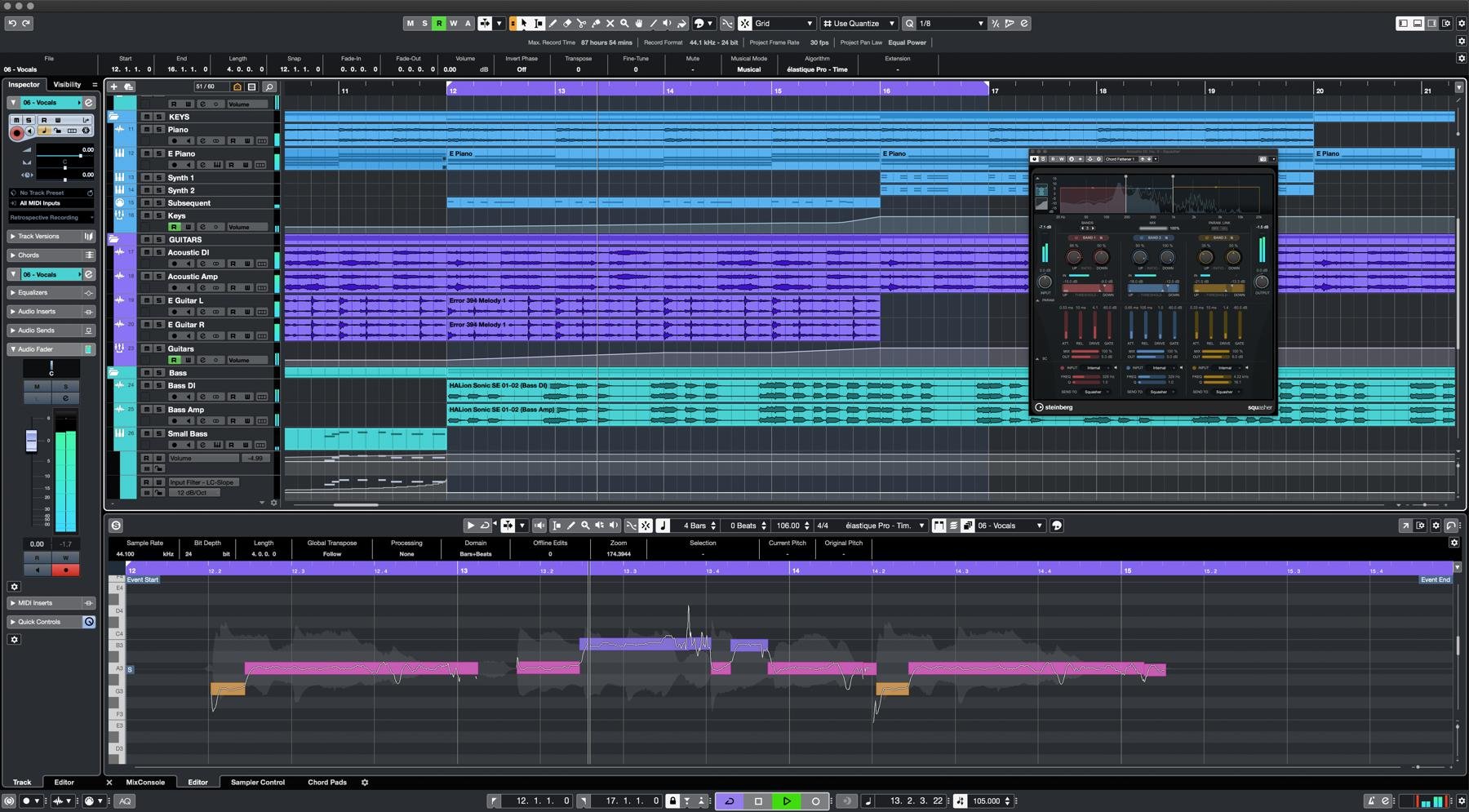

It allows you to view and edit audio by cutting and pasting, removing, or drawing audio data, and by processing audio. The Sample Editor provides an overview of the selected audio event. Depending on the feature, élastique, MPEX, or Standard algorithm presets are available.Ĭubase offers particular functions for analyzing the audio in your project.

#Cubase 8 quantize groove agent 4 Offline#
In Cubase, time-stretching and pitch-shifting algorithms are used for offline processes, in the Sample Editor, or for the Flattening Realtime Processing function. Time Stretch and Pitch Shift Algorithms.The Control Room allows you to divide the studio environment into the performing area (studio) and the engineer/producer area (control room).Ĭubase provides a master meter that works as a multi-channel true peak meter, and a loudness meter that allows you to measure the loudness in compliance with the loudness recommendation R 128 of the European Broadcasting Union (EBU).Ĭubase comes with a number of included effect plug-ins that you can use to process audio, group, instrument, and ReWire channels.ĭirect Offline Processing allows you to instantly add plug-in effects and audio processes to the selected audio events, clips, or ranges, without destructing the original audio. VCA faders serve as remote controls for groups of channel faders in the MixConsole.

You can undo/redo MixConsole parameter changes for an open project at any time. Furthermore, you can set up the input and output routing for multiple tracks or channels at the same time. It allows you to control level, pan, solo/mute status, etc. The MixConsole provides a common environment for producing mixes in stereo or surround. There are two types of markers: position markers and cycle markers. Markers are used to locate certain positions quickly. The transpose functions for audio and MIDI in Cubase allow you to change the pitches of audio and MIDI for playback without changing the actual MIDI notes or the audio. This way, you do not need to move, copy, and paste events in the Project window. Using an arranger track allows you to specify how and when specific sections are played back, even in live performances. The arranger functions in Cubase allow you to work in a non-linear fashion. Quantizing is designed to correct errors, but you can also use it in a creative way.įades allow you to gradually increase or decrease the volume at the start or end of audio events or audio clips, and to create smooth transitions. Quantizing means moving recorded audio or MIDI and positioning it on the nearest grid position that is musically relevant. You can add audio and MIDI files to your project by importing them. In Cubase, you can record audio and MIDI. This is useful if you have no external MIDI instrument at hand and you do not want to draw in notes with the Draw tool. The On-Screen Keyboard allows you to play and record MIDI notes by using your computer keyboard or mouse. You can also work with selection ranges, which are independent from the event/part and track boundaries.Ĭubase offers multiple methods and functions to control playback and transport. Parts and events are the basic building blocks in Cubase.Įditing in the Project window is not restricted to handling whole events and parts. In Cubase, events and parts are placed on tracks. Tracks are the building blocks of your project. Each track is assigned to a particular channel strip in the MixConsole. Tracks are listed from top to bottom in the track list and extend horizontally across the Project window.

They allow you to import, add, record, and edit parts and events. You must create and set up a project to work with the program. In Cubase, projects are the central documents. The Project window provides an overview of the project, and allows you to navigate and perform large scale editing. Here, you can also set up group and FX channels, external effects, external instruments, and the Control Room. To play back and record in Cubase, you must set up input and output busses in the Audio Connections window. To use Cubase, you must set up your audio, and if required, your MIDI system. Here you will find detailed information about all the features and functions in the program.
#Cubase 8 quantize groove agent 4 manual#
This is the Operation Manual for Steinberg’s Cubase. The following list informs you about the most important improvements in Cubase and provides links to the corresponding descriptions.


 0 kommentar(er)
0 kommentar(er)
